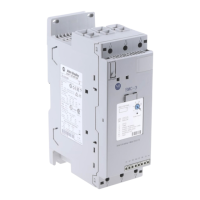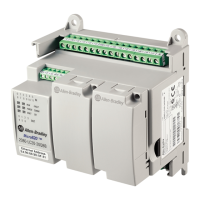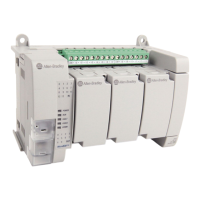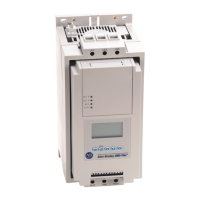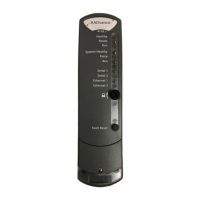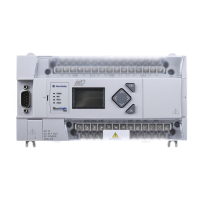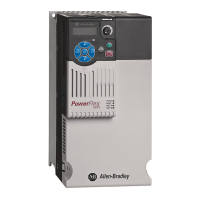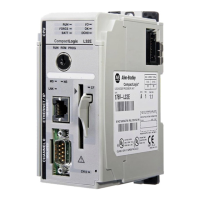Rockwell Automation Publication 856T-UM001B-EN-P - April 2021 15
Chapter 2 IO-Link Overview
Transmission Rates
Three communication rates are specified for the IO-Link device:
•COM1 = 4.8 kBd
• COM2 = 38.4 kBd
• COM3 = 230.4 kBd
An IO-Link device typically supports only one of the specified transmissions
rates (see IO-Link Specifications
on page 53). IO-Link V1.1 specification
requires an IO-Link master to support all three communication rates.
Transmission Quality
The IO-Link communication system operates at a 24V level. If a transmission
fails, the frame is repeated two more times. If the transmission fails on the
second try, the IO-Link master recognizes a communication failure and
signals it to the controller.
Response Time of the IO-Link System
The device description file (IODD) of the device contains a value for the
minimum cycle time of the device. This value indicates the time intervals at
which the master addresses the device. The value has a large influence on the
response time. In addition, the master has an internal processing time that is
included in the calculation of the system response time.
Devices with different minimum cycle times can be configured on one master.
The response time differs so for these devices. When configuring the master,
you can specify a fixed cycle time (minimum of 3 ms) and the device-specific
minimum cycle time that is stored in the IODD. The master then addresses the
device that is based on this specification. The typical response time for a device
therefore results from the effective cycle time of the device and the typical
internal processing time of the master.
IO-Link Data Types There are four data types available through IO-Link:
Process Data
The process data of the devices are transmitted cyclically in a data frame in
which the device specifies the size of the process data. Depending on the
device, 0...32 bytes of process data are possible (for each input and output). The
consistency width of the transmission is not fixed and is thus dependent on
the master.
Process data → Cyclic data
Value status → Cyclic data
Device data → Acyclic data
Events → Acyclic data
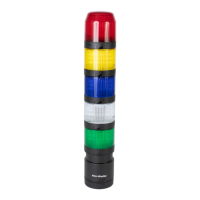
